Edgar Rice Burroughs’s Mars, Part 10: Llana of Gathol
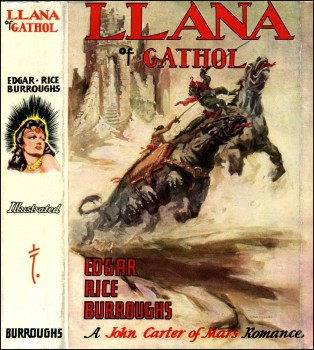 Back on Mars, and closing in on its finale, after my short sabbatical… What can I say? It seems Synthetic Men of Mars will suck out the desire to keep trudging forward from even the most dedicated ERB enthusiast.
Back on Mars, and closing in on its finale, after my short sabbatical… What can I say? It seems Synthetic Men of Mars will suck out the desire to keep trudging forward from even the most dedicated ERB enthusiast.
Llana of Gathol is the first of the two story collections that close out the published Barsoom epic: it contains four novellas chronologically linked together to produce an episodic novel… one that hopefully improves upon the failed previous book.
Our Saga: The adventures of Earthman John Carter, his progeny, and sundry other natives and visitors, on the planet Mars, known to its inhabitants as Barsoom. A dry and slowly dying world, Barsoom contains four different human civilizations, one non-human one, a scattering of science among swashbuckling, and a plethora of religions, mystery cities, and strange beasts. The series spans 1912 to 1964 with nine novels, one volume of linked novellas, and two unrelated novellas.
Today’s Installment: Llana of Gathol (1941)
Previous Installments: A Princess of Mars (1912), The Gods of Mars (1913), The Warlord of Mars (1913–14), Thuvia, Maid of Mars (1916), The Chessmen of Mars (1922), The Master Mind of Mars (1927), A Fighting Man of Mars (1930), Swords of Mars (1934–35), Synthetic Men of Mars (1938)
The Backstory
I discussed at length ERB’s decision to write novellas he could later gather into episodic novels in my review of Escape on Venus, one of the three collections he wrote simultaneously, rotating through settings. Escape on Venus was a massive bust, but part of the reason for its failure is that Venus is a minor location in ERB’s canon. The Earth’s core fared better with Savage Pellucidar. And what of Mars, so far Burroughs’s most consistent setting for quality? Could changing writing methods rescue readers from the mistakes that made Synthetic Men of Mars a glaring black mark on the series? …
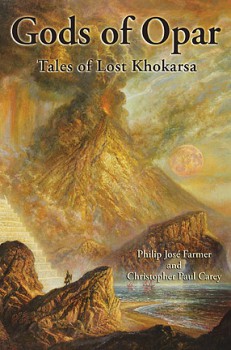 Gods of Opar: Tales of Lost Khokarsa
Gods of Opar: Tales of Lost Khokarsa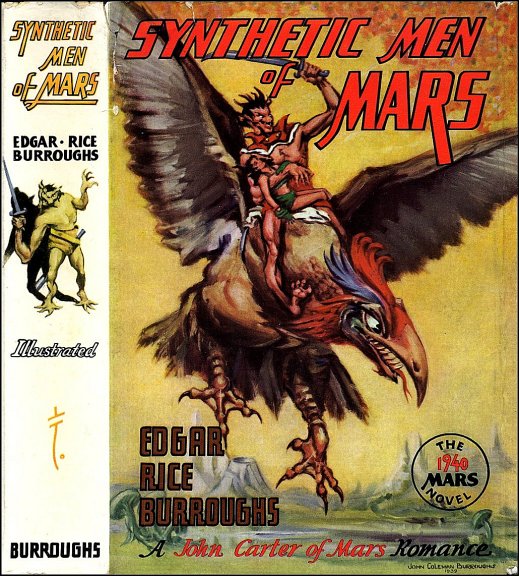 Greetings, late 1930s ERB! How have you been? Oh, not that great? Yes, I know how it is. I’ve read enough of your output from these days.
Greetings, late 1930s ERB! How have you been? Oh, not that great? Yes, I know how it is. I’ve read enough of your output from these days.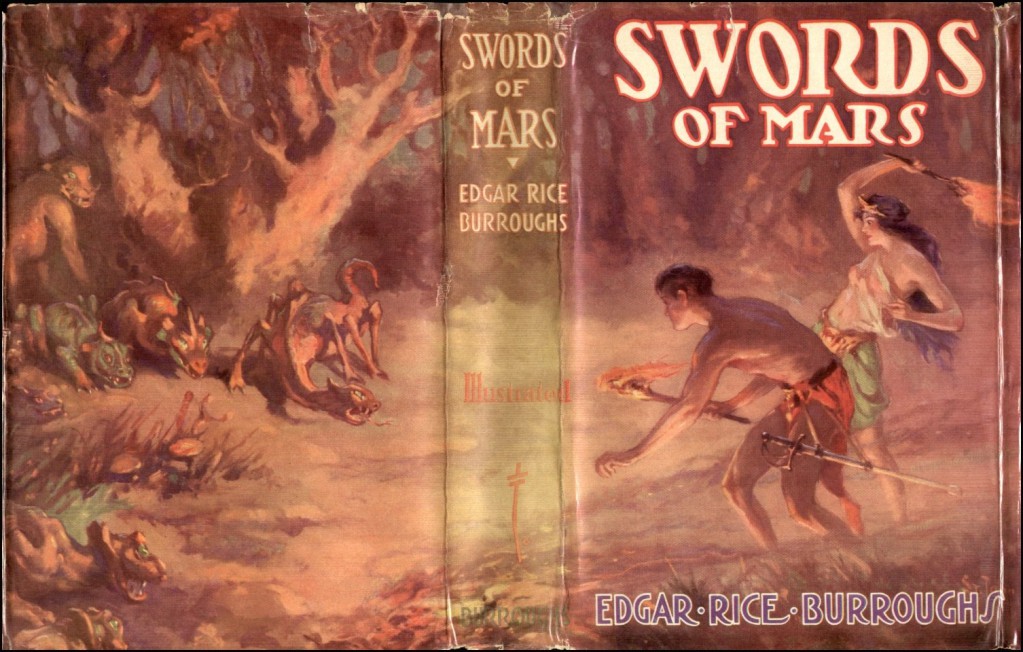 “But my memories of that great tragedy are not all sad. There was high adventure, there was noble fighting; and in the end there was — but perhaps you would like to hear about it.”
“But my memories of that great tragedy are not all sad. There was high adventure, there was noble fighting; and in the end there was — but perhaps you would like to hear about it.”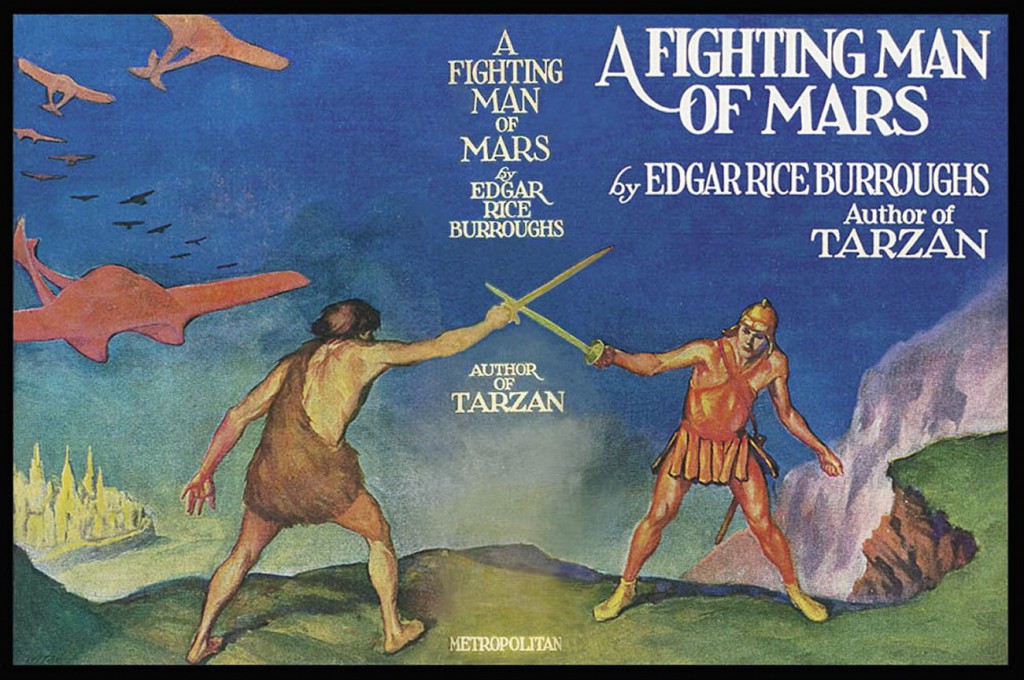 Back on Mars already?
Back on Mars already?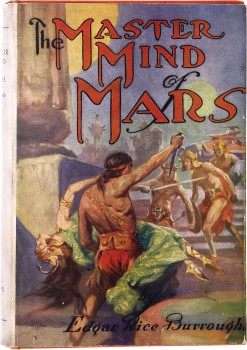 I maxed out on Barsoom back in March. After reviewing the first five Martian novels over a span of two and a half months, I switched over to writing about the movie
I maxed out on Barsoom back in March. After reviewing the first five Martian novels over a span of two and a half months, I switched over to writing about the movie  John Carter (2012)
John Carter (2012)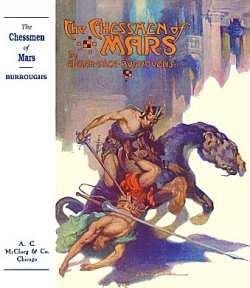 “The squares shall be contested to the death. Just are the laws of Manator! I have spoken.”
“The squares shall be contested to the death. Just are the laws of Manator! I have spoken.”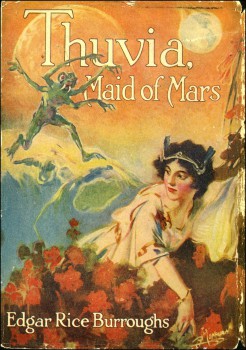 John Carter’s story appeared finished with
John Carter’s story appeared finished with 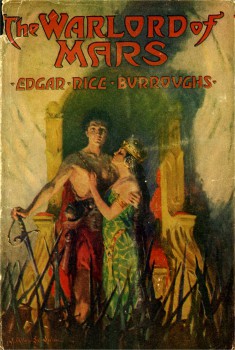 Although there are still eight more books to go in the Mars series, with The Warlord of Mars I can bring to a conclusion Phase #1 of the saga: this completes the “John Carter Trilogy,” and the books that follow it take different paths with new heroes. John Carter will not return to the protagonist role until the eighth book,
Although there are still eight more books to go in the Mars series, with The Warlord of Mars I can bring to a conclusion Phase #1 of the saga: this completes the “John Carter Trilogy,” and the books that follow it take different paths with new heroes. John Carter will not return to the protagonist role until the eighth book,